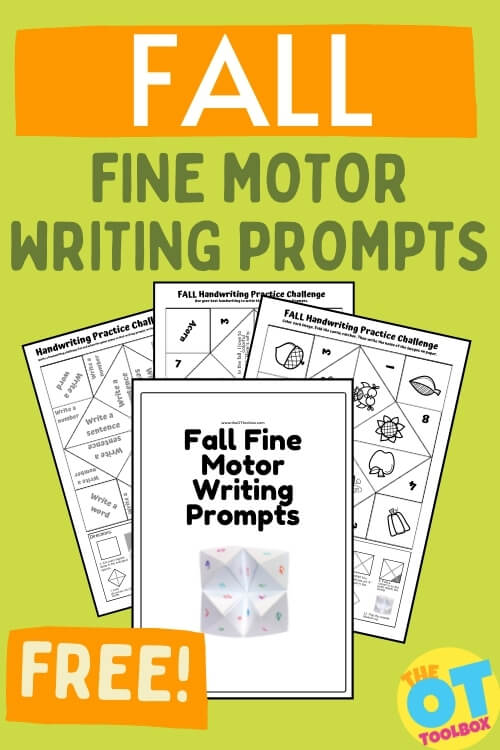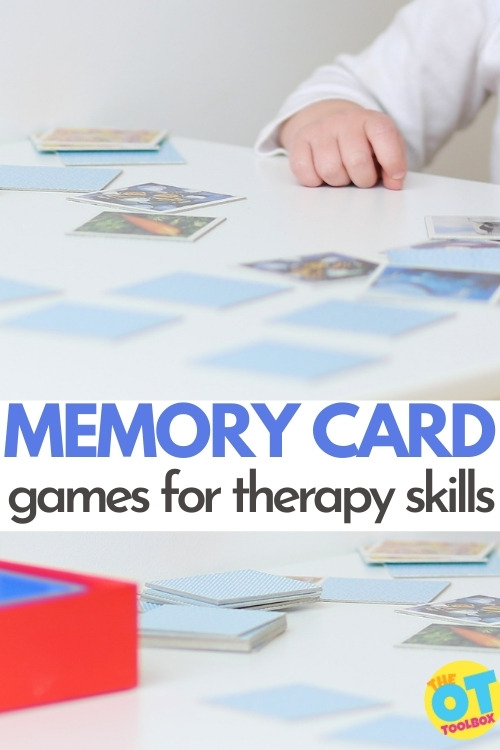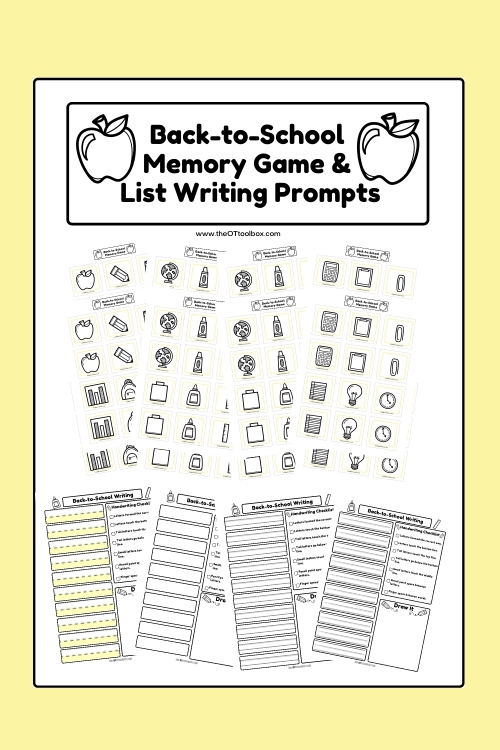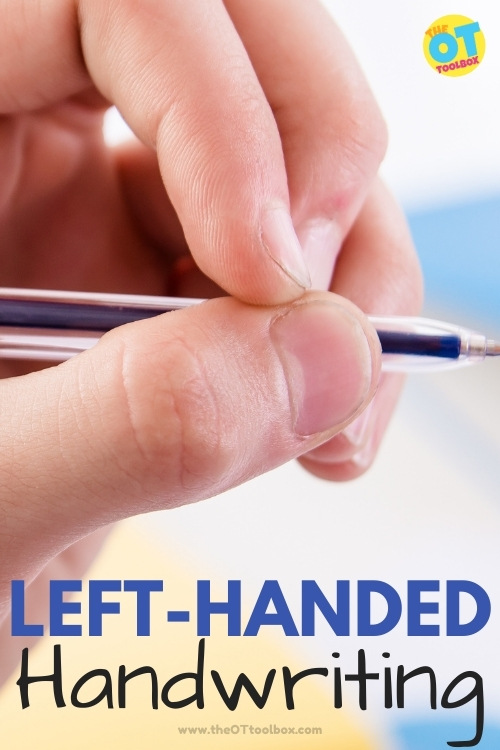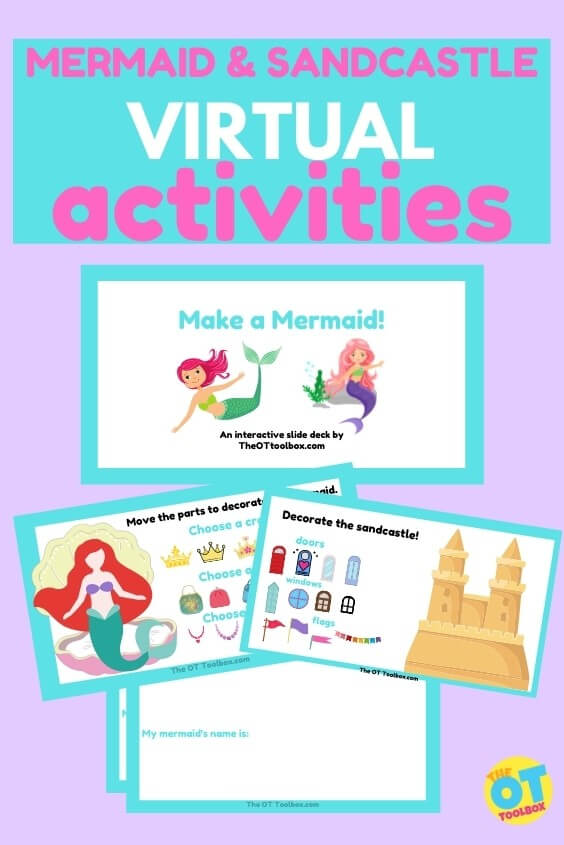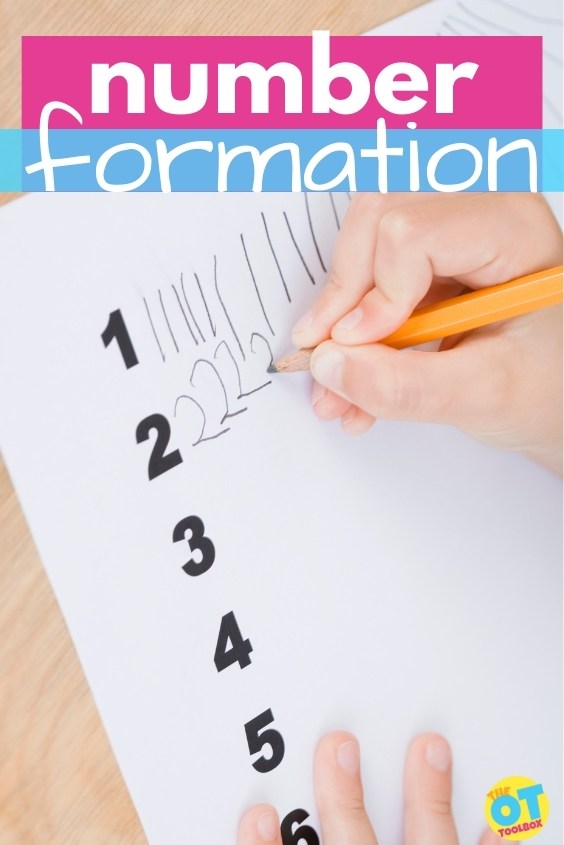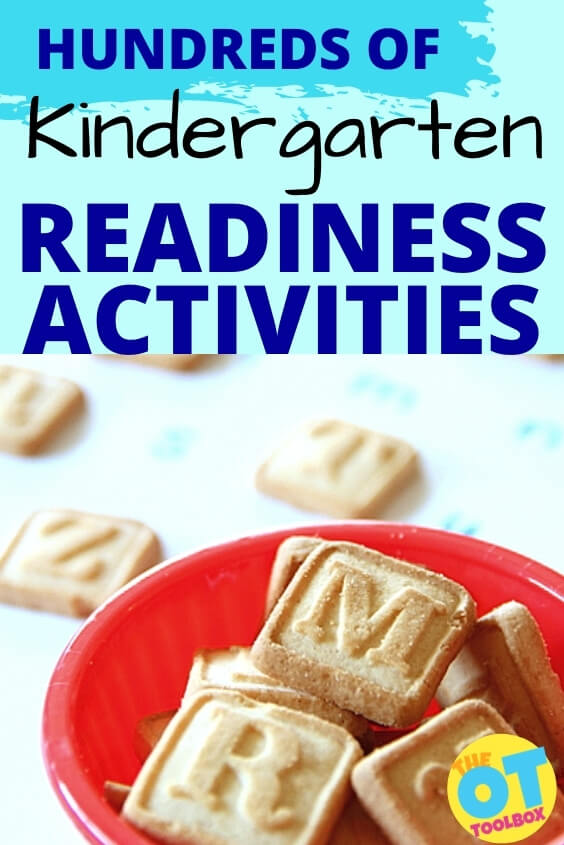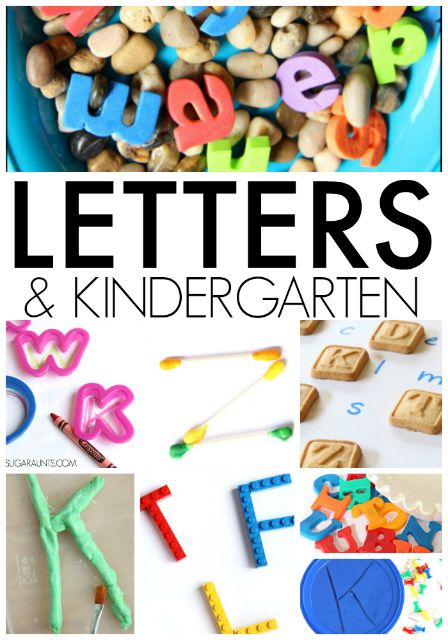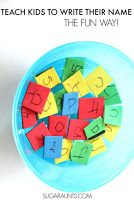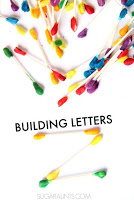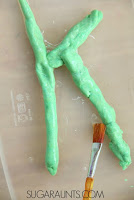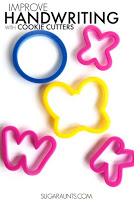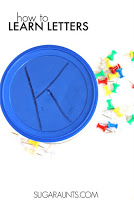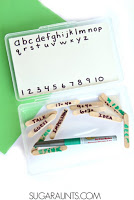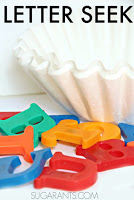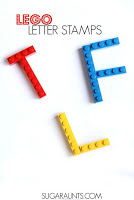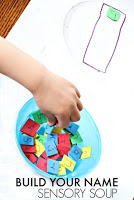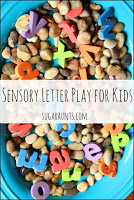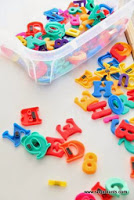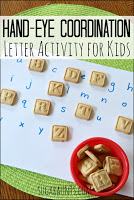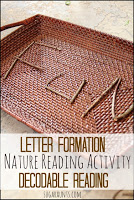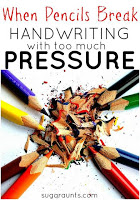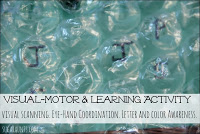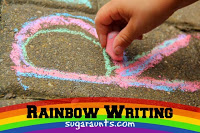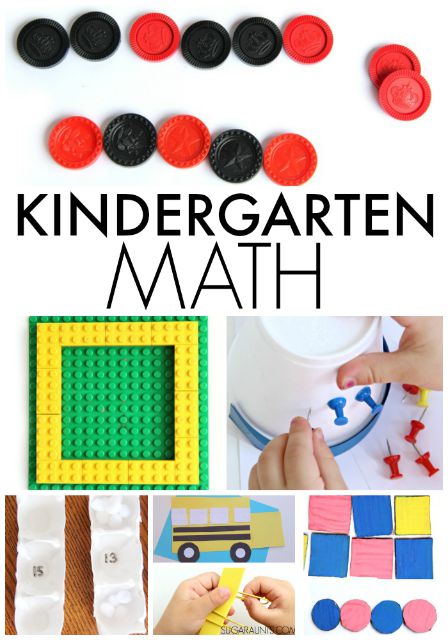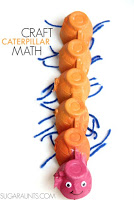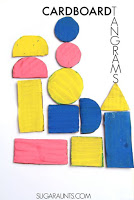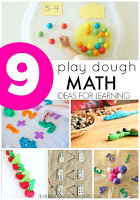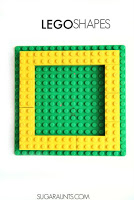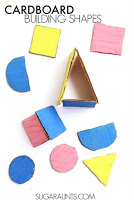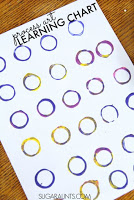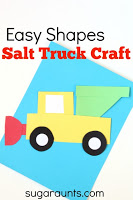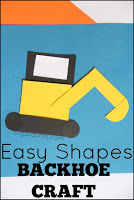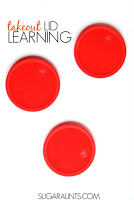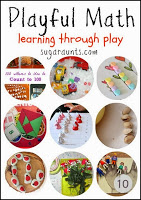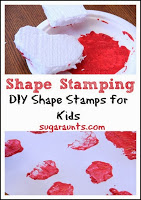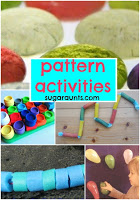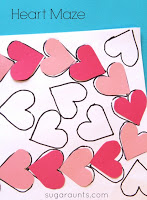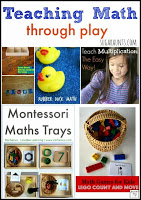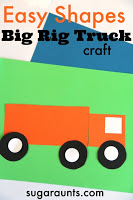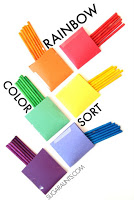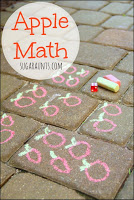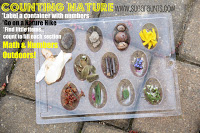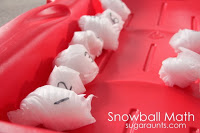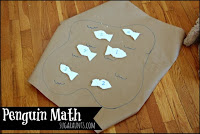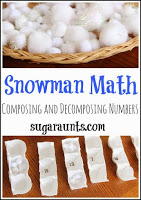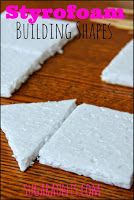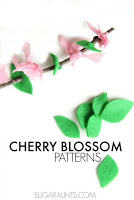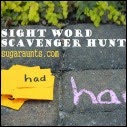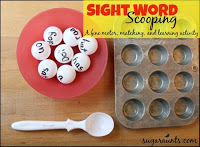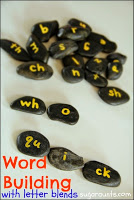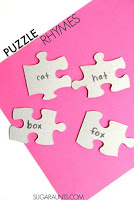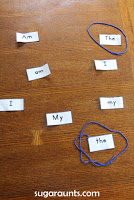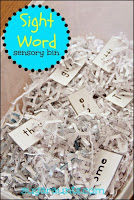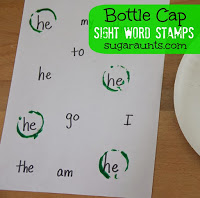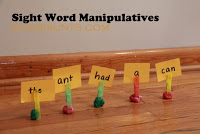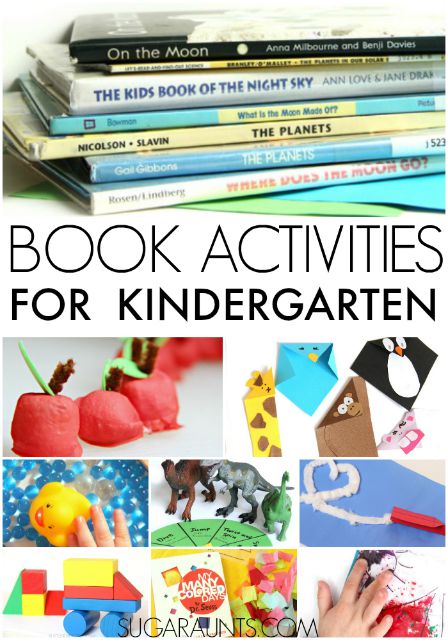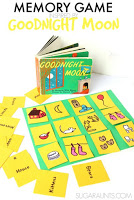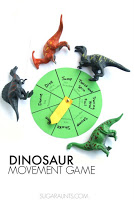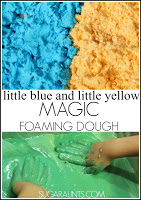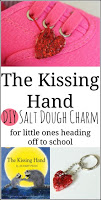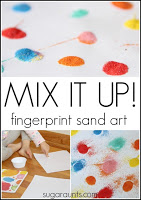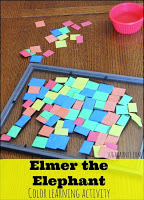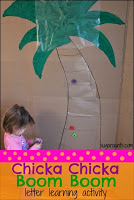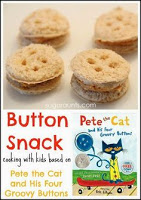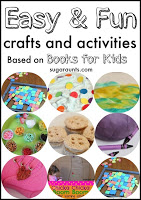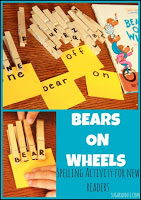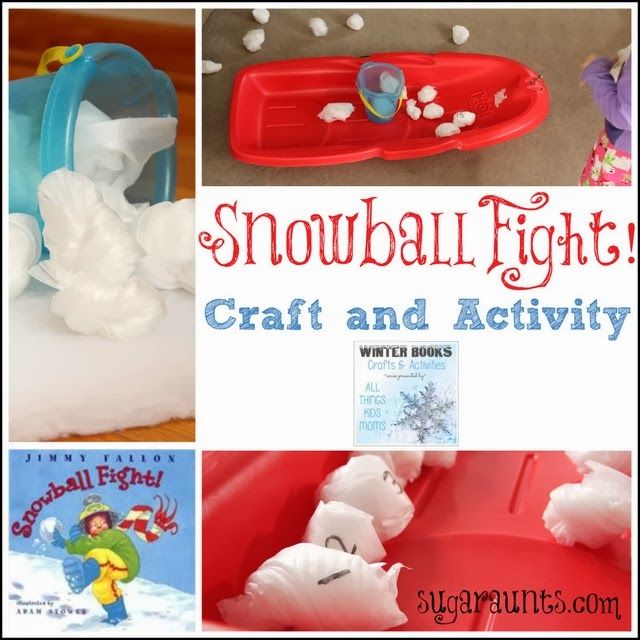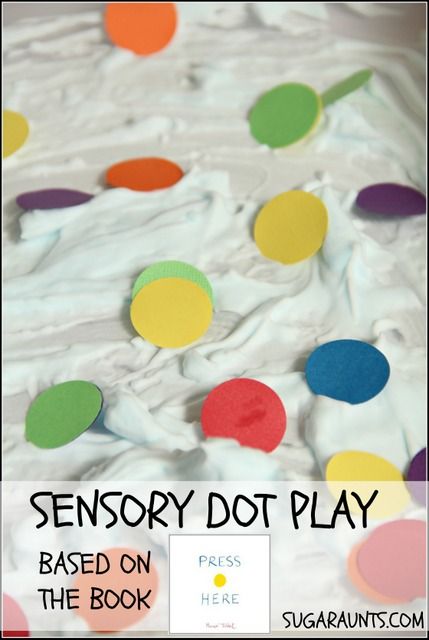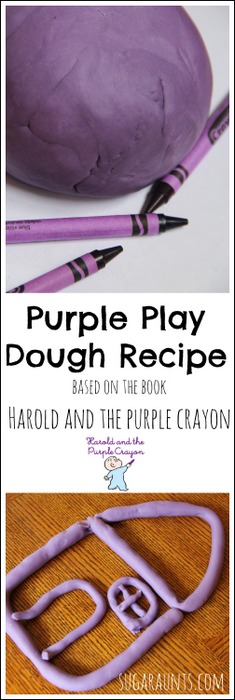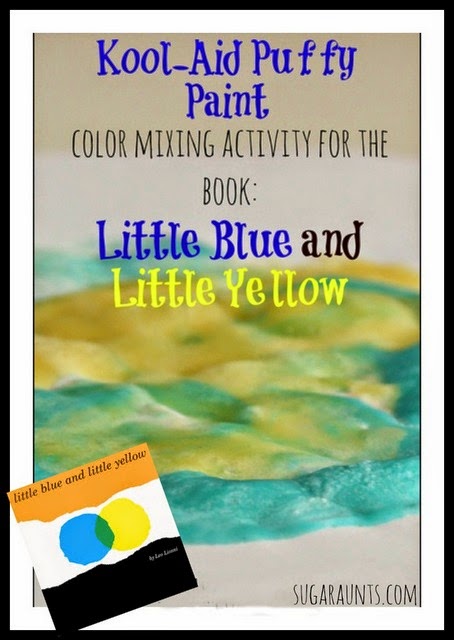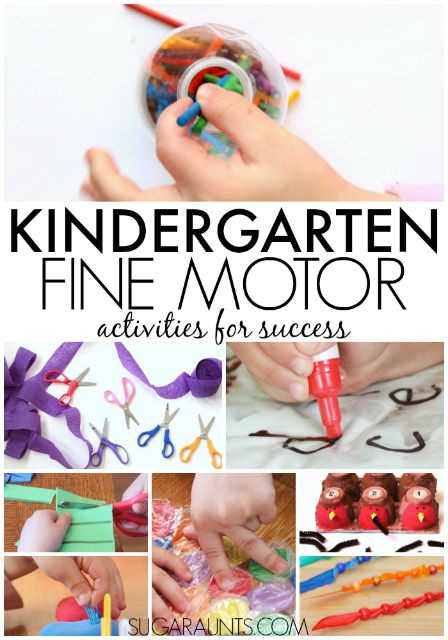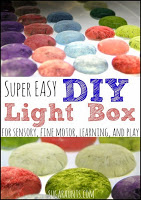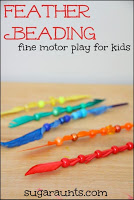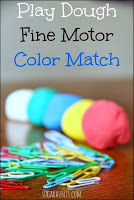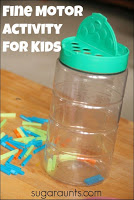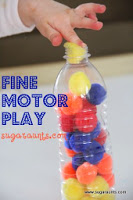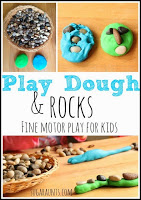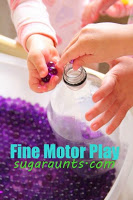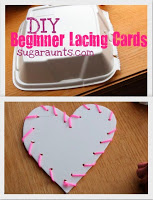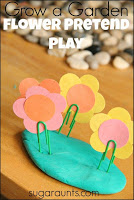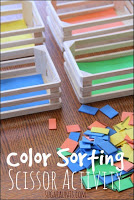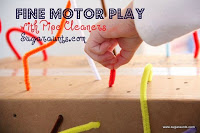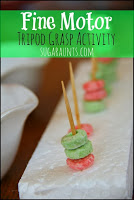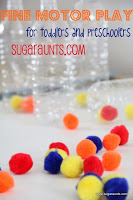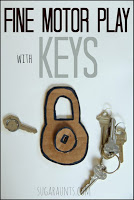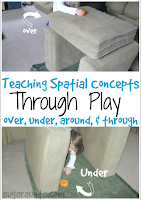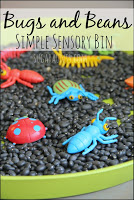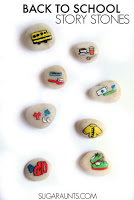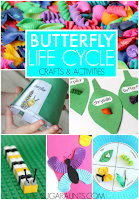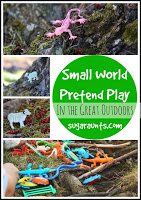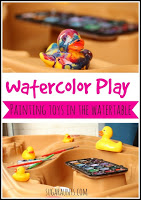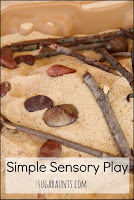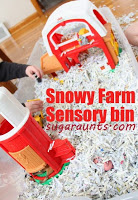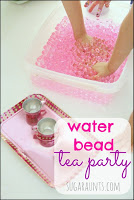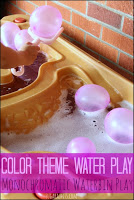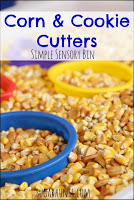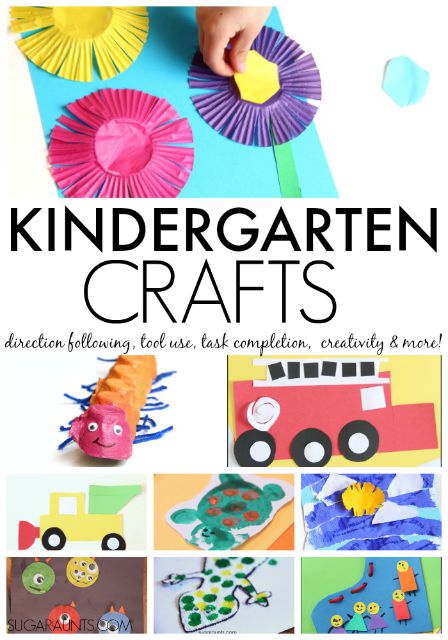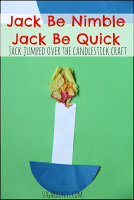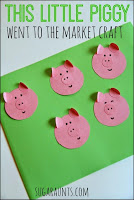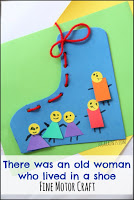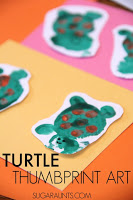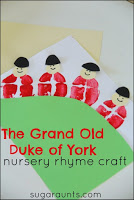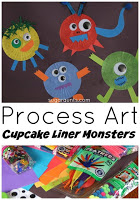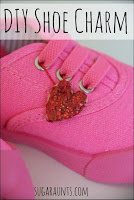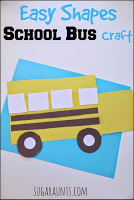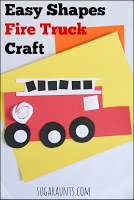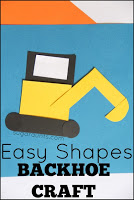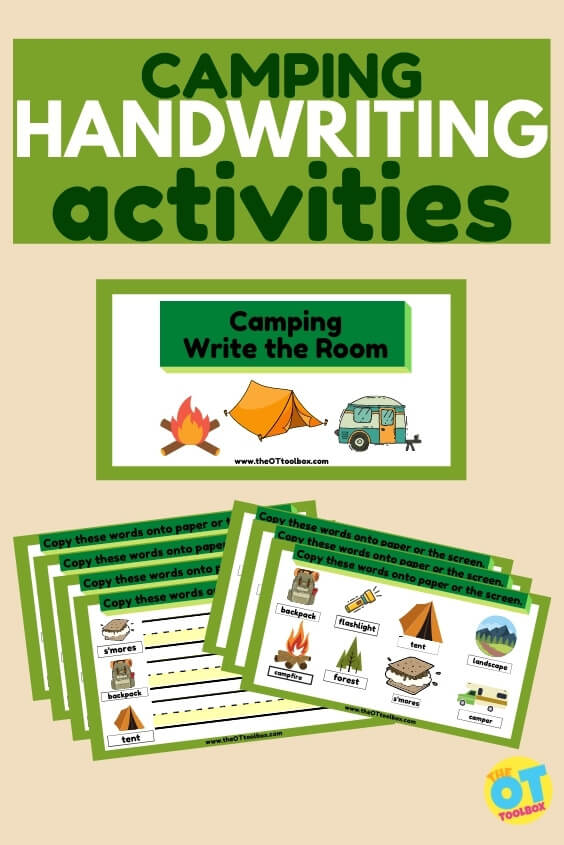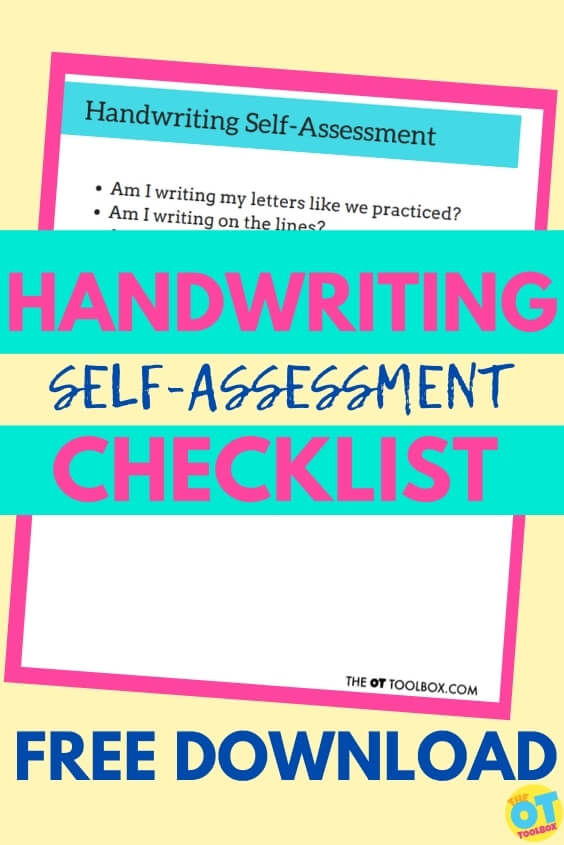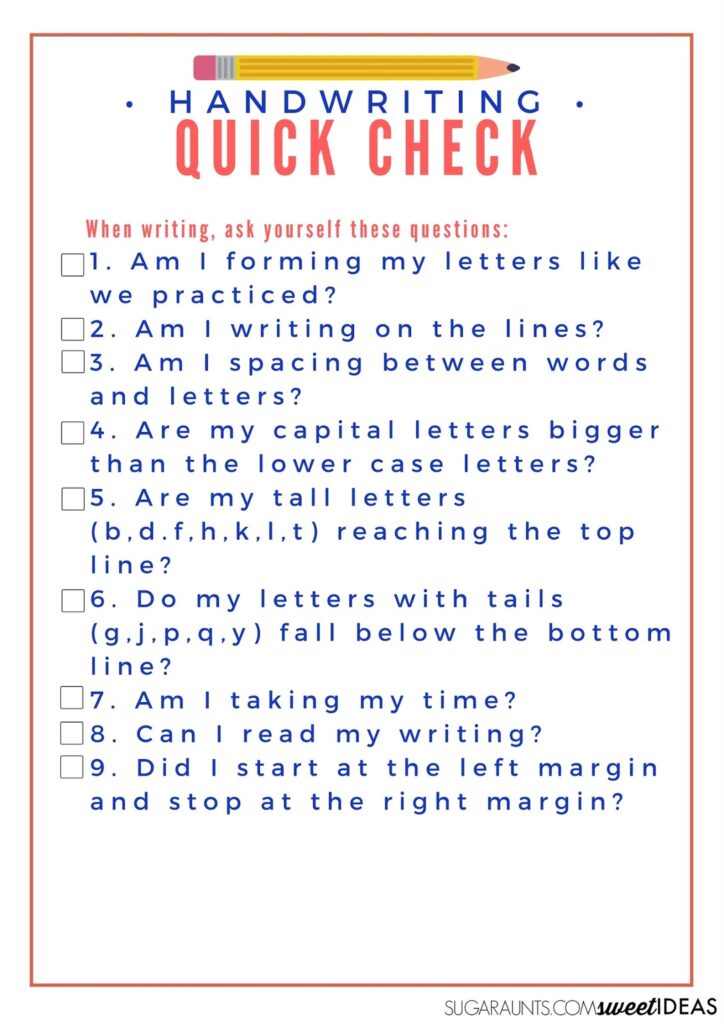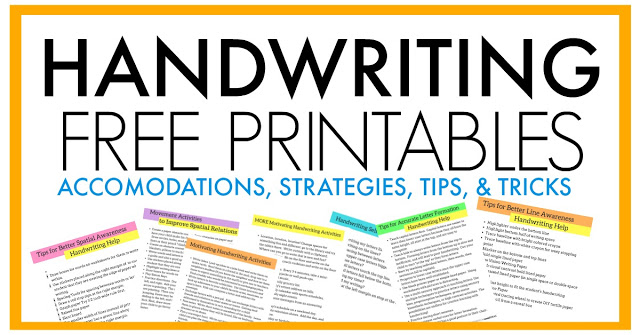A common challenge for many children is letter b and d reversals. When kids first learn to write, is is very common for them to reverse letter b and d. Here, we are talking specific multisensory strategies to address reversal of these tricky letters.
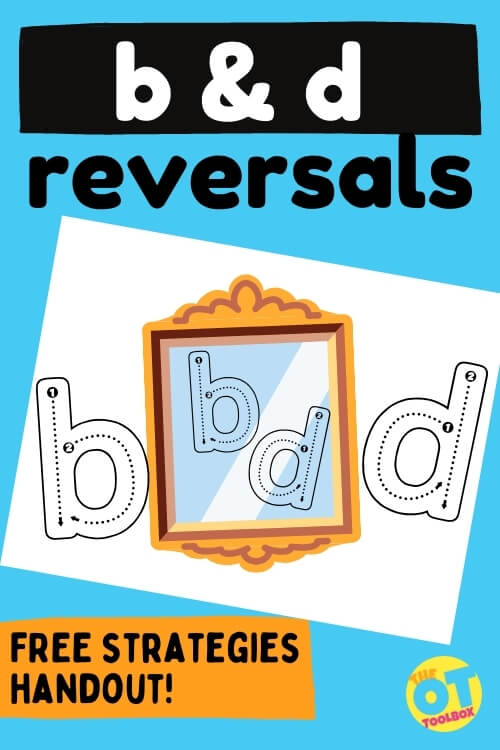
b and d reversals
Letter b-d reversals are very common among children. We see these letters interchanged in reading, in writing, in isolation, and in words or sentences that contain both letters. But why are the letters b and d reversed so often?
Oh, those dreaded letter reversals and the need to change them, what to do, what to do, what to do.
Why are b and d reversals so common?
These two letters are the most commonly reversed letters, and it can even be a normal part of development.
It’s important to know that it is common for young children such as preschoolers and kindergartens to reverse some letters. However, by age seven and at the latest age 8, children should be infrequently or not reversing letters at all. If they are doing it frequently and with little success despite remediation, you should consider testing to determine if there are other issues that need to be addressed first.
If b and d letter reversal is an issue for a student consistently above the age of 8, a visual processing problem, or dyspraxia, dysgraphia or dyslexia may be present, impacting letter confusion in written work or reading.
Read about more information on dyslexia and occupational therapy.
How to Correct b and d letter reversals
Let’s go over various ways to help young learners by correcting letter b and letter d reversals.
Children need to always be taught HOW to form letters, not given worksheets to trace and left to figure it out on their own as this just leads to them piecing letters together with no instruction in proper sequence or stroke direction.
This is a PROBLEM!
Lowercase b is formed from the top down with a vertical line. Then the round part of the letter is formed. Kids typically get that process.
But then, lowercase d is introduced. Sometimes, children also form letter d from the top, down, by starting at the top of the line. They make the vertical line down because that motor plan is established. Then, they need to add the curved portion of lower case d and they have confusion about which way to go. That’s when you see a letter reversal.
Part of the issue with common letter reversals like the b/d issue is that the motor plan for each letter isn’t established fully. This occurs in young children as they begin writing and learning correct letter formation.
Another issue is that letters are not formed correctly (starting letter d at the top rather than forming the “c” part of the letter first. You can get a better understanding of letter formation in our blog post on how to teach letters and the order of letter formation.
Children need to be TAUGHT from the beginning how to form each letter with the correct start point, sequence, and stroke directionality. Repeated errors in formation only further reinforce reversals and leads to more difficulty with repairing them down the road. Don’t allow repeated formation errors, but do seek to work toward good habits in formation.
Multi-sensory strategies for b and d Reversals
But if you need ideas to assist a child in repairing learned reversal behaviors, take a look at this varied list of ideas and pick what you think will work best for your children.
Some intervention strategies will work better for one child while other strategies will work better for another, so always use the one that works best for each child.
Choose a multi-sensory activity and work on letter recognition as well as formation using visual cues, verbal cues (auditory cues), and kinesthetic input to practice lower case b and lower case d in isolation as well as together.
- Ensure a child first has solid left and right discrimination on themselves, others, and in space. Incorporate visual spatial relations with movement. Understand that spatial awareness impacts handwriting in many ways. Letter reversals are just one aspect.
- Teach letters in groups. For example, teach the letter that have similar stroke patterns. Take a look at how the Learning without Tears™ program does this. For example, they call the first group the “magic ‘c’ letters” this includes: ‘c’, ‘a’, ‘d’, ‘g’, ‘o’, and ‘q’. They all begin with a letter ‘c’ stroke. Then they have a group called the “diver letters” and this group includes: ‘b’, ‘h’, ‘r’, ‘n’, ‘m’, and ‘p’. They all begin with a line down and then swim up and over strokes. Using this approach coupled with the visuals provided helps a child to build a better mental image of some commonly reversed letters.
- Connect a frequently reversed letter to another letter of the alphabet that is similarly formed and that the child never reverses, like letter c. Lower case c can be connected to lower case d in formation.
- Use your finger and form the letter on a child’s back. Have the child guess what letter it is. Follow with having the child air write the letter. End with the child writing the letter on paper. You can place a textured material under the paper such as sandpaper, plastic canvas, window screen material, etc.
- Create textured letter cards for letter d and letter b. Have child finger trace over the letter forming with correct sequence and directionality. Have them try to do so with their eyes closed and then their eyes open. This builds the motor plan and muscle memory of each letter for the child.
- Use the Handwriting without Tears materials to include a small chalkboard with boundaries and have child begin forming letters under the smiley face located in the top left corner.
- Mark all of the p’s and b’s red to show that the loop is formed on right (both red and right start with the letter ‘r’) and then mark all of the q’s and d’s green to show that the loop is formed on the left.
- Develop consistent use of left and right direction using a variety of media and intervention activities.
- Have child first trace a really large letter on the board, form the letter independently, write the letter with eyes closed, and write the letter with eyes open. This increases interest and provides increased feedback.
- If a child reverses multiple letters such as: b/d, m/w, p/q, u/n then be sure to address one discrimination at a time. Be sure one set is solid before moving to the next. Note: Be sure to over-teach one letter in each set before addressing the next letter in the set.
- Use multisensory materials to teach letter formations such as play dough, shaving cream, wikki sticks, puffy paint, hair gel, glitter glue, rice, sand, and yarn. Be sure the child associates letter forms with the actual letter name so as they form the letter have them state the letter name.
Cognitive Cues to addressing b and d reversals
Use cognitive cues to help a child distinguish letters such as:
- The lowercase letter ‘b’ is formed like the uppercase letter ‘B’, but without the top loop.
- The lowercase letter ‘d’ is formed with the lowercase letter ‘c’ first and the lowercase letter ‘c’ comes before the letter ‘d’ in the alphabet.
- The lowercase letter ‘d’ is formed with the lowercase letter ‘c’ and then add a line to form the letter ‘d’.
- The uppercase letter ‘E’ faces the number 3.
- For letters ‘a’, ‘d’, ‘g’, and ‘q’ and the number 9, cue the child to use “c up down” as the method to form these letters and this number.
- Use the b e d image. Show children how the b starts the word bed and d ends the word bed. This can be a positioning imagery that helps with adding a visual to correct reversals.
- Use the imagery of lowercase d having a diaper and lowercase b as a ball and bat. This can be confusing for some children as the images can be reversed, but for other children, these images can be motivating. After all diapers can be funny for some kids. Other kids are motivated by the sport of baseball. In this case, it’s about using what motivates the child.
- For the number 3, cue the child to use “around the tree, around the tree”.
- Consider ‘b’ and ‘d’ eyeglasses formed with fingers (like o.k. signs with final three fingers closed and standing up straight) or draw a ‘b’ and ‘d’ headboard and footboard of a bed as a fun visual cue. This is the order they come in the alphabet as well, ‘b’ before ‘d’.
- Consider using a thumbs down sign on both hands to refer to the letters ‘p’ and ‘q’ as this is how they come in the alphabet, ‘p’ before ‘q’.
Struggling readers may revers b and d when reading. And, studies have shown that children who made more errors in the letter writing task went on to become poorer readers.
In this case, continue to work on the multisensory strategies listed above, but also use some of these tips during reading tasks:
- Show the student how to make a letter b with their left hand by pointing their index finger up and making the round part of the letter with their closed fist. They can then use their right hand to make a lowercase letter d by pointing their pointer finger up and making the round part of the letter d with their closed fist. Then, when reading, show the reader how to use their left hand to point to letter b and to use their right hand to point to the lower case letter d’s. They can do this throughout the reading passage.
- Encourage the reader to correct sounds when they read a letter incorrectly. Go back and re-read the word and feel the positioning of their lips and tongue as they say the word with the correct letter. Ask them to repeat the sound of letter b and the sound of letter d. This auditory practice will help to instill writing the letters correctly. It’s all about repetition and handwriting practice.
How to correct b and d reversals
If a child is still reversing letters after the age of 8, or continues to reverse letters no matter the visuals or tricks that you’ve tried, try some of these strategies listed below to correct letter confusion:
Offering visual cues can help!
- Provide a model of frequently reversed letters on the desktop for the child to reference in the classroom.
- Provide an index card with straight line down the middle and then write the letters on the card based on where the straight line is positioned within the letter.
For example:
b d p q
- Provide visual cue cards for the desktop that has pictures of fun reminders such as hands for a pair of eyeglasses or a bed for the letters ‘b’ and ‘d’ or a thumbs down sign with both hands for the letters ‘p’ and ‘q’.
- Try multisensory activities like rainbow writing with different materials.
Take your time to teach the formation of letters and numbers as well as using a multi-sensory approach when teaching the letters. It will always pay off in the end for the child!
letter reversal strategies Handout
Want a free PDF of multi-sensory letter reversal strategies? Enter your email address into the form below to access this printable handout. Use it in your handwriting toolbox to help kids write b & d!

Regina Parsons-Allen is a school-based certified occupational therapy assistant. She has a pediatrics practice area of emphasis from the NBCOT. She graduated from the OTA program at Caldwell Community College and Technical Institute in Hudson, North Carolina with an A.A.S degree in occupational therapy assistant. She has been practicing occupational therapy in the same school district for 20 years. She loves her children, husband, OT, working with children and teaching Sunday school. She is passionate about engaging, empowering, and enabling children to reach their maximum potential in ALL of their occupations as well assuring them that God loves them!


